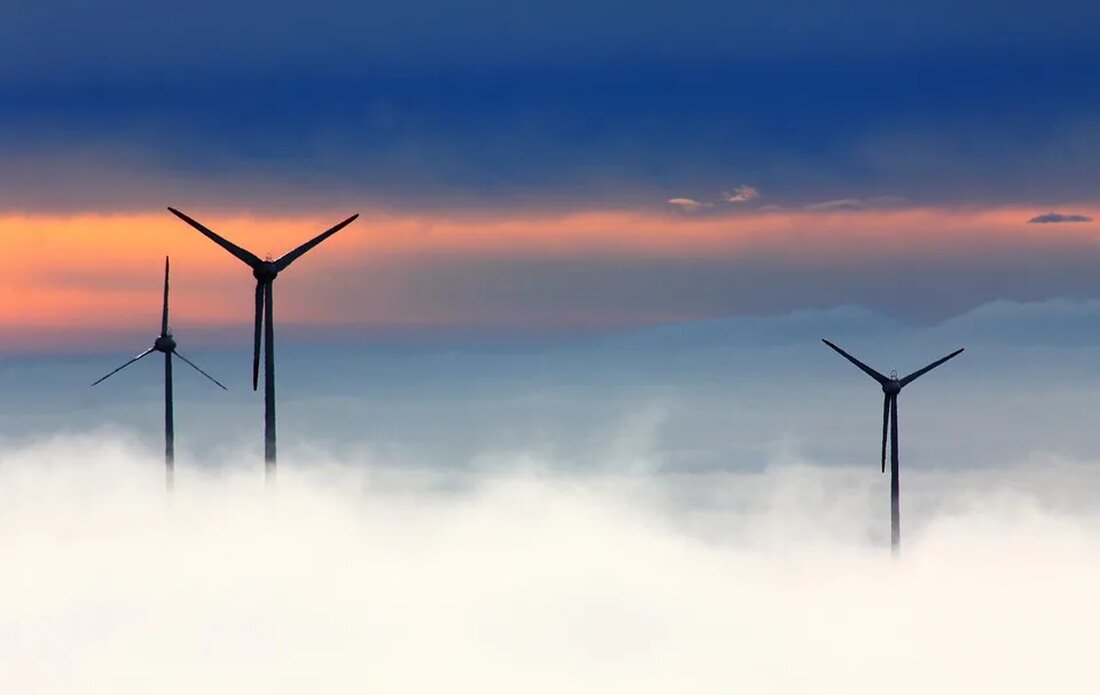Wind energy: advantages and challenges
Wind energy is a form of renewable energy that is generated through the use of wind turbines. The energy from the wind is converted into electrical energy, making it an environmentally friendly alternative to fossil fuels. Although wind energy has many advantages, there are also challenges that must be taken into account. In this article, we will take a closer look at the advantages and disadvantages of wind energy as well as the challenges associated with it. Advantages of Wind Energy Renewable Energy Source One of the main advantages of wind energy is that it is a renewable energy source. This means that it is inexhaustible and constantly renews itself naturally. In the …

Wind energy: advantages and challenges
Wind energy is a form of renewable energy that is generated through the use of wind turbines. The energy from the wind is converted into electrical energy, making it an environmentally friendly alternative to fossil fuels. Although wind energy has many advantages, there are also challenges that must be taken into account. In this article, we will take a closer look at the advantages and disadvantages of wind energy as well as the challenges associated with it.
Advantages of wind energy
Renewable energy source
One of the main advantages of wind energy is that it is a renewable energy source. This means that it is inexhaustible and constantly renews itself naturally. In contrast to fossil fuels such as coal, petroleum or natural gas, which are limited and have a severe impact on the environment through mining, wind energy is an infinite natural resource.
Environmentally friendly
Wind energy is one of the most environmentally friendly energy sources. There are no greenhouse gas emissions like burning fossil fuels. Therefore, wind energy contributes significantly to reducing global warming and helping to achieve the goals of the Paris Climate Agreement.
Cost efficient
The costs of building and operating wind turbines have fallen sharply in recent years and are expected to continue to fall. Once installed, the operating costs of a wind turbine are relatively low because the wind is free. There are only costs for maintenance and repair.
Challenges of wind energy
Although wind energy has many benefits, there are also a number of challenges associated with its use.
Inconsistency and predictability
One of the biggest challenges in using wind energy is its volatility. The wind does not blow constantly and the wind speed can vary greatly. Therefore, energy production from wind turbines is not constant and may depend on weather conditions. This can lead to problems with power supply and network stability.
Spatial restrictions
Not all locations are suitable for wind energy production. Good wind conditions are crucial and are not available everywhere. In addition, the construction of wind turbines requires sufficient space and compliance with minimum distances from residential areas in order to avoid noise pollution and cast shadows.
Impact on wildlife
Wind turbines can also have negative impacts on wildlife. Birds and bats in particular can be injured or killed by the rotating blades of the turbines. This represents a particular challenge, especially since many different interest groups have to be taken into account.
Conclusion
Wind energy has considerable potential to make a significant contribution to climate-friendly energy supply. It has a number of significant advantages, including its sustainability, environmental friendliness and cost-effectiveness. However, there are also a number of challenges that need to be addressed to enable widespread and sustainable adoption of wind energy. These include the volatility of wind energy, spatial limitations and possible impacts on wildlife. However, through continued intensified research and the pursuit of technological innovations, these challenges can be addressed and potentially solved. This would clear the way for even greater use of this important renewable energy source.

 Suche
Suche
 Mein Konto
Mein Konto
